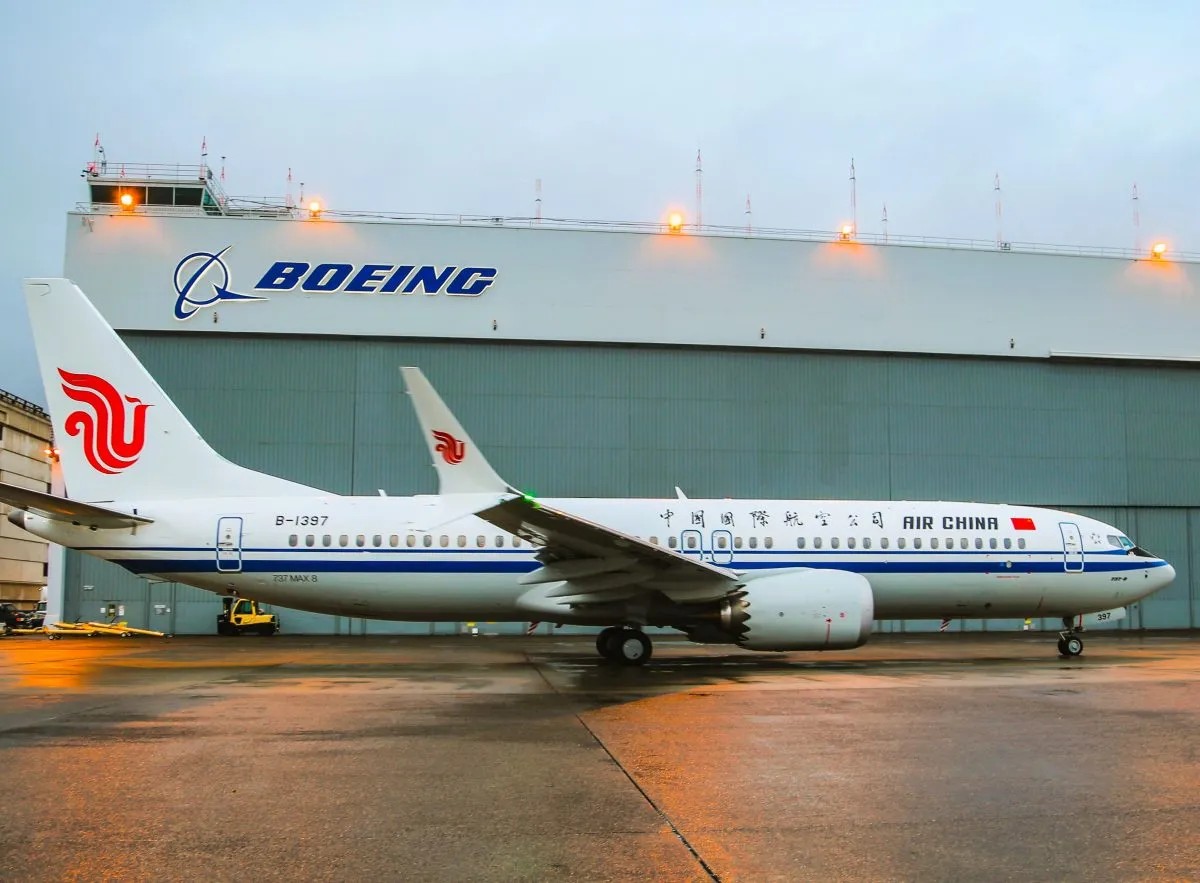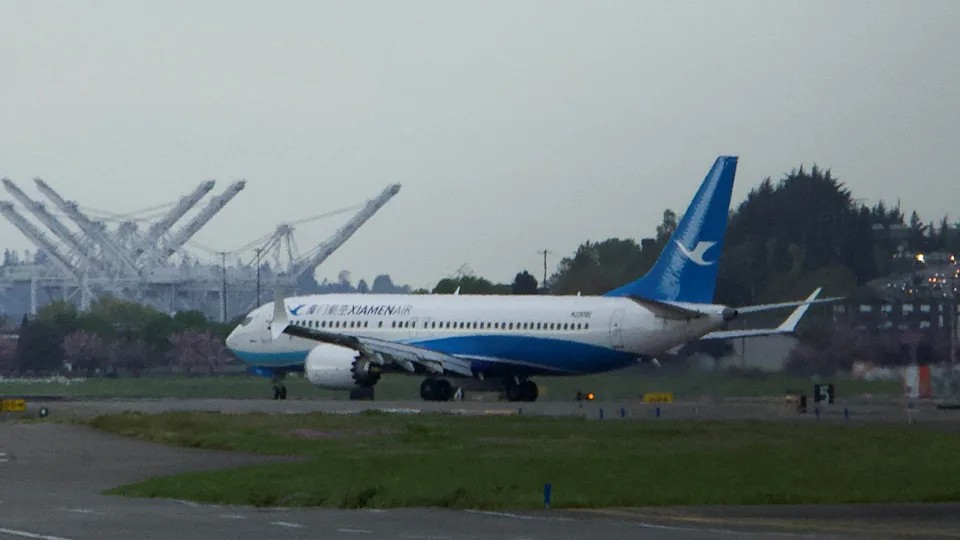Will China become another Iran?
22 April, 2025
4 min read
By joining our newsletter, you agree to our Privacy Policy


For decades, Iran's aviation sector has faced a turbulent flight path—grounded not by mechanical failures, but by geopolitics and international sanctions. This created a unique challenge for the country: a growing population, an aging fleet of aircraft, and limited access to spare parts or new planes.
Iran offers a clear example of what happens when a major aviation market is isolated from Western aerospace supply chains. Over the years, Iranian carriers have had to resort to cannibalizing grounded aircraft, sourcing second-hand components, or even relying on grey-market parts just to keep their fleets operational. That inevitably puts long-term safety under pressure, even when airlines do their best to maintain standards.
Just last week, a brand-new Boeing 737 MAX originally destined for China’s Xiamen Airlines made a costly round trip back to the U.S.—a casualty of escalating trade tensions between Washington and Beijing. The aircraft, awaiting final delivery at Boeing’s Zhoushan facility, was returned to Seattle as tariffs soared: President Trump raised levies on Chinese goods to 145%, and China retaliated with a 125% tax on U.S. imports, making aircraft deliveries prohibitively expensive.
Chinese airlines paused purchases amid the tariff crossfire, with Beijing reportedly advising against buying American aerospace parts.
If China were to face restrictions similar to those Iran has faced in accessing Boeing parts due to a trade war, we likely wouldn’t see an immediate impact on safety—Chinese regulators are strict, and aircraft would be grounded before risks are taken. But over time, if access to critical components were consistently blocked, the situation could mirror what we’ve seen in Iran, especially in maintaining older or less common aircraft types.
On the other side of this situation, China’s aircraft manufacturer Comac has been ramping up production of its C909 and C919 aircraft. Order books are strong for the C919, with over 300 airframes already on order.
As trade tensions between the U.S. and China potentially intensify, Comac could see increased demand as some airlines look to reduce their reliance on Boeing.
READ: It’s Boeing vs China

The Story Behind the Iran Deal (If You’re Interested)
The Roots of the Ban
Following the 1979 Islamic Revolution, relations between Iran and many Western nations—particularly the United States—deteriorated. As tensions escalated, a series of sanctions were imposed, targeting Iran’s economy, military capabilities, and civil aviation. The U.S., in particular, blocked Iran from purchasing aircraft or spare parts from American manufacturers like Boeing. Due to the U.S. origin of many components, even non-American companies like Airbus were often restricted from selling planes to Iran.
As a result, Iran’s national carriers—most notably Iran Air—were left to operate fleets of aging aircraft, some dating back to the 1970s. These included older models of Boeing and Airbus jets, as well as Russian-made planes, which were used despite concerns about safety and efficiency.
Safety and Maintenance Challenges
The inability to purchase new aircraft or spare parts led to serious safety concerns. Iran became known for its high rate of aviation accidents. Maintenance crews often had to cannibalize parts from grounded planes or turn to black-market sources, which were expensive, unreliable, and risky.
Despite the ingenuity of Iranian engineers and technicians who kept the aging fleet in the air, the aviation sector became a symbol of the broader impact of international isolation.
A Short-Lived Hope: The 2015 Nuclear Deal
In 2015, the Joint Comprehensive Plan of Action (JCPOA), commonly known as the Iran nuclear deal, brought a moment of hope. Under this agreement, sanctions were lifted in exchange for limitations on Iran’s nuclear program. One of the first industries to benefit was aviation.
Iran quickly signed deals to purchase new aircraft: 80 planes from Boeing, 100 from Airbus, and 20 from ATR, a French-Italian manufacturer. These deals were seen as a turning point, offering not just modern aircraft but also the promise of safer skies and economic growth.
Back to Sanctions
However, the optimism was short-lived. In 2018, the U.S. withdrew from the nuclear deal under the Trump administration, reimposing sanctions. The aircraft deals were canceled or suspended, deliveries stopped, and once again, Iran found itself isolated from the global aviation market.
Where Things Stand Now
As of the mid-2020s, Iran continues to face restrictions on purchasing commercial aircraft. Some workarounds involve deals with Russia and China, but these do not fully replace access to Western technology. Domestic efforts to manufacture planes have had limited success.
This aviation struggle is more than a logistical challenge—it’s a vivid example of how political isolation can ripple into everyday life, affecting everything from safety to economic opportunity and international mobility.
Get the latest news and updates straight to your inbox
No spam, no hassle, no fuss, just airline news direct to you.
By joining our newsletter, you agree to our Privacy Policy
Find us on social media
Comments
No comments yet, be the first to write one.

